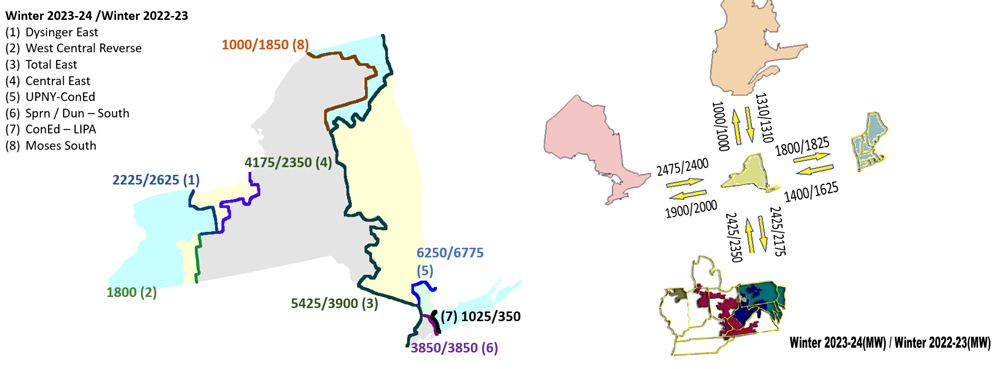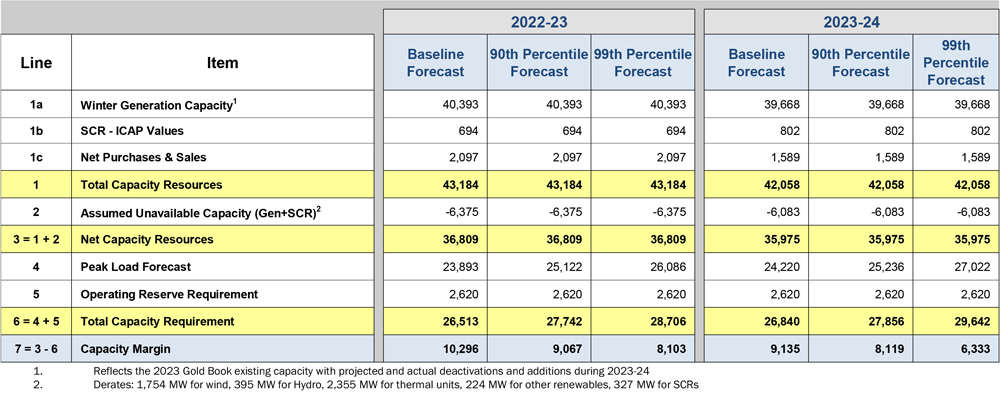FERC last week accepted SPP’s proposed tariff revisions for Basin Electric Power Cooperative’s formulate rate template, suspending them for a nominal period, effective Nov. 14, subject to refund, and established hearing and settlement judge procedures.
The commission said in its Nov. 13 order that its preliminary analysis indicated the proposed revisions have not been shown to be just and reasonable and that they raise issues of material fact more appropriately addressed in the hearing and settlement judge procedures (ER23-2836).
FERC did find that a 50-basis point adder it previously granted Basin Electric for RTO participation still was appropriate, given Basin Electric’s continued membership in SPP. It said that the cooperative’s return on equity (ROE), inclusive of the adder, must remain within the zone of reasonableness during the hearing and settlement judge proceedings.
SPP filed the tariff changes in September after FERC said Basin Electric became subject to its jurisdiction when it readmitted Tri-State Generation and Transmission Association as a non-exempt Class A member in November 2019. Basin Electric proposed to revise its template to reflect a base ROE of 9.69% and the 50-basis point adder for its SPP membership and calculated an 8.65%-11.12% composite zone of reasonableness.
The cooperative also proposed to revise its template to reflect a capital structure of 48.22% equity and 51.78% long-term debt, based on the weighted average capital structure of transmission owners across the SPP region. Basin Electric claimed that because it is the largest non-governmental transmission owner by capitalization in SPP’s Upper Missouri pricing zone, it is appropriate to rely on the weighted average capital structure used in all SPP transmission owners’ formula rates.
The proposed ROE and capital structure would result in an increase to the 2022 annual transmission revenue requirement of $4.68 million, Basin Electric said. That is about 4% under its 2022 ATRR under the existing template.
Black Hills Settlement OK’d
FERC on Nov. 16 approved an uncontested settlement of Black Hills Colorado Electric’s proposed tariff revisions to transition from a stated transmission rate to a forward-looking formula rate for transmission service (ER22-2185).
The commission last year accepted and suspended, subject to refund, the utility’s proposed revisions, setting the proceeding for hearing and settlement judge procedures. An administrative law judge approved the settlement with intervenors Tri-State and Arkansas River Power Authority in September and certified the agreement to FERC on Oct. 4.
Commission trial staff supported the settlement, saying its approval “will resolve all issues set for hearing.” They said the agreement provides “significant benefits to ratepayers,” pointing to an ROE of 9.8% that was lower than the filed ROE of 10.44%.
Staff also said a fixed capital structure of 47% equity and 53% debt is “both reasonable and preferrable” to the company’s as-filed proposal for variable capital structure. A three-year moratorium of “key components of the formula rate” avoids further litigation, they said.

